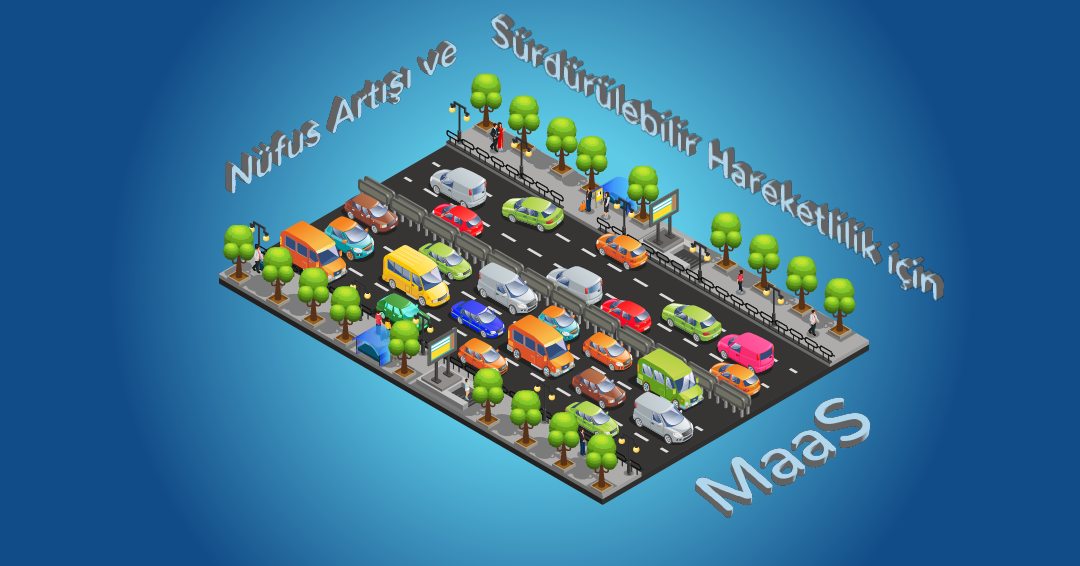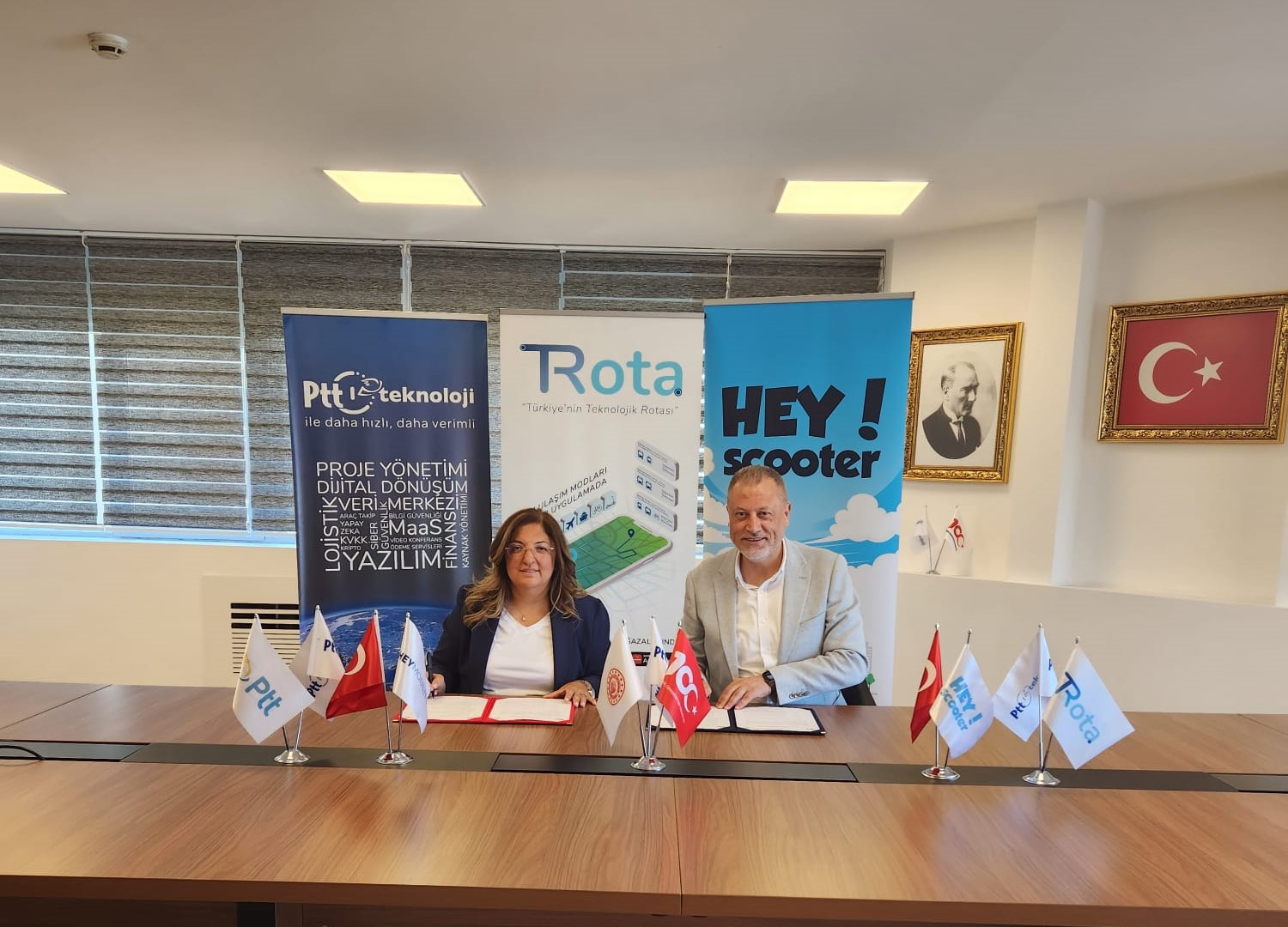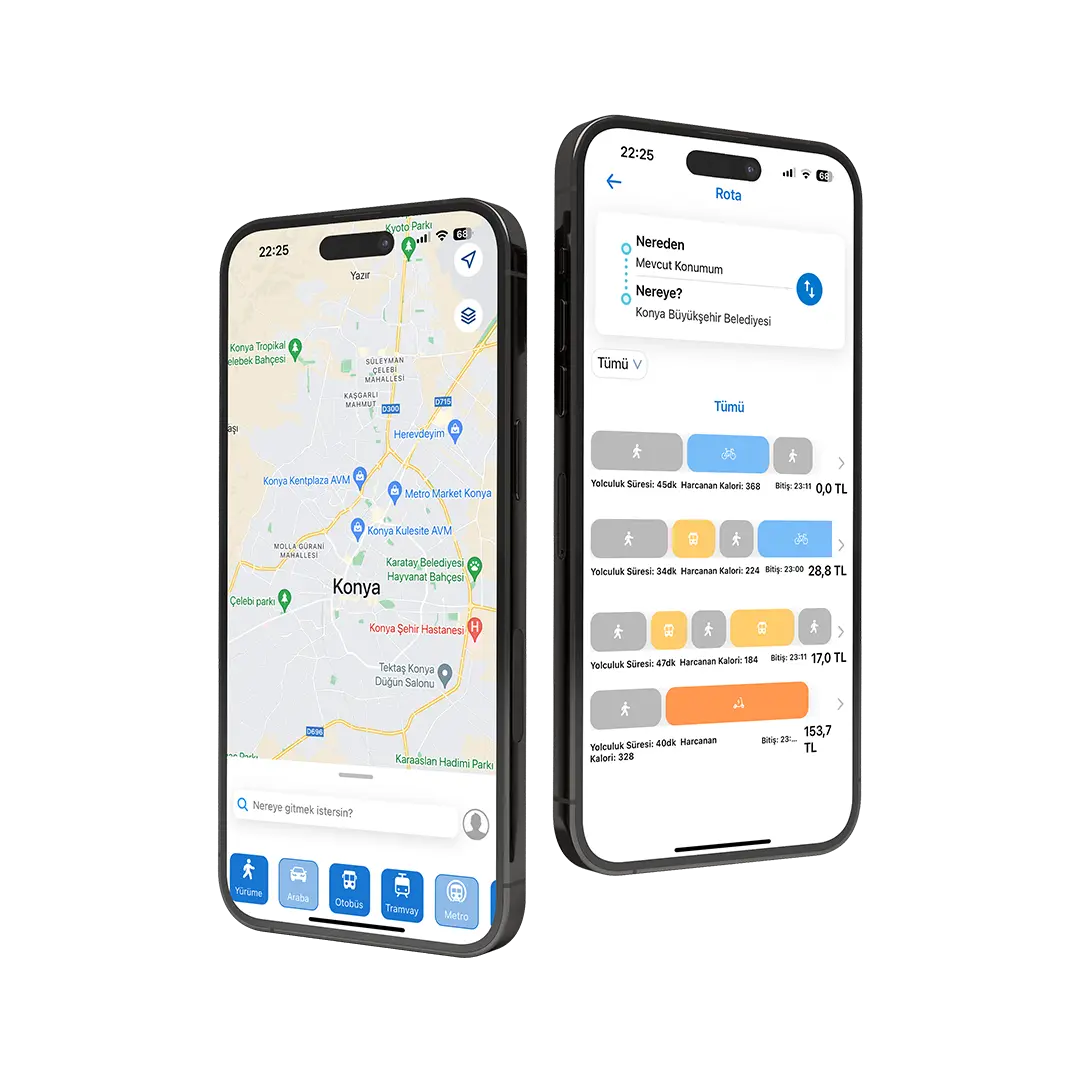Hello! Today, July 11th, is World Population Day. On this occasion, we would like to discuss the impacts of population growth on transportation systems.
World population is rapidly growing, and this situation challenges the limits of traditional transportation models. However, innovative solutions like 'Mobility as a Service' (MaaS) hold promising potential for addressing the challenges brought by population growth and building a more sustainable future. In this article, we will explore how MaaS transforms the relationship between population and transportation, and discuss the role of TRota in this area.
- Population Growth and Transportation Challenges
The world’s population is growing rapidly, leading to significant challenges for transportation systems. In our country, the increasing population, especially in large cities, is putting more strain on transportation infrastructure. Issues such as heavy traffic, long travel times, extended waiting periods for public transportation, and rising air pollution are making traditional transportation methods increasingly limited. With the rise in population, people’s mobility needs are also increasing, creating a growing demand for more flexible, accessible, and sustainable transportation solutions. This is where MaaS (Mobility as a Service) applications come into play.
- What is Mobility as a Service (MaaS)?
Mobility as a Service (MaaS) is a concept that allows users to plan, book, and pay for different transportation modes through a single digital platform. MaaS integrates various transportation options, such as public transit, taxi services, and shared vehicles (e.g., electric scooters, electric bikes), to provide a comprehensive transportation experience. Time, money and environmental impact are optimized by these platforms, which recommend the most suitable routes and transportation modes based on users' needs.
- MaaS and Sustainable Mobility
MaaS has significant potential for sustainable mobility. With the increasing need for mobility and the rise in private vehicle numbers due to population growth, traffic congestion and air pollution are becoming prevalent issues. MaaS encourages individuals to opt for more sustainable transportation options such as public transit, cycling, or walking. MaaS platforms facilitate the selection of environmentally friendly transportation modes by users, thereby reduce carbon emissions and contribute to making cities cleaner and more livable.
- TRota: A MaaS Application for Managing Population Growth
TRota will be Turkey's first local and national Level 2 MaaS (Mobility as a Service) application. TRota will bring together a wide range of transportation options, including public transportation, shared vehicles, and more, all in a single app. TRota's smart algorithm analyzes user preferences and needs to suggest fast, economical, eco-friendly, and short travel routes. In this way, users will be able to reach their destinations in a shorter time, travel more eco-friendly and efficiently, reducing their carbon footprint.
On World Population Day, July 11, as TRota, we addressed how MaaS transforms the relationship between population growth and sustainable mobility. While population growth and the resulting increased demand for mobility push the limits of transportation systems, MaaS solutions offer more sustainable, integrated, and personalized transportation experiences. As TRota, we continuously develop innovative solutions to provide our users with a better transportation experience and to address the challenges brought by population growth. For more information, you can read all the articles on our website. To be informed when our application is released you can fill out the form and contribute to sustainable mobility!
World Population Day
World Population Day was established by the United Nations Development Programme (UNDP) in 1989, commemorating "July 11, 1987," the date when the world's population reached 5 billion. On this special day, the United Nations Population Fund (UNFPA) highlights important population issues each year, raising awareness about population and development through various initiatives.
The world's population is estimated to have reached 6 billion in 1999, 7 billion in 2011, and 8 billion in 2022. According to United Nations population estimates, in 2022, the most populous country was China with 1,425,887,337 people, followed by India with 1,417,173,173 people, and the United States with 338,289,857 people. These three countries accounted for 39.9% of the world's total population.
With a population of 85,279,553, Turkey ranks 18th among 194 countries in terms of population size and accounts for 1.1% of the world's total population.
Source:












